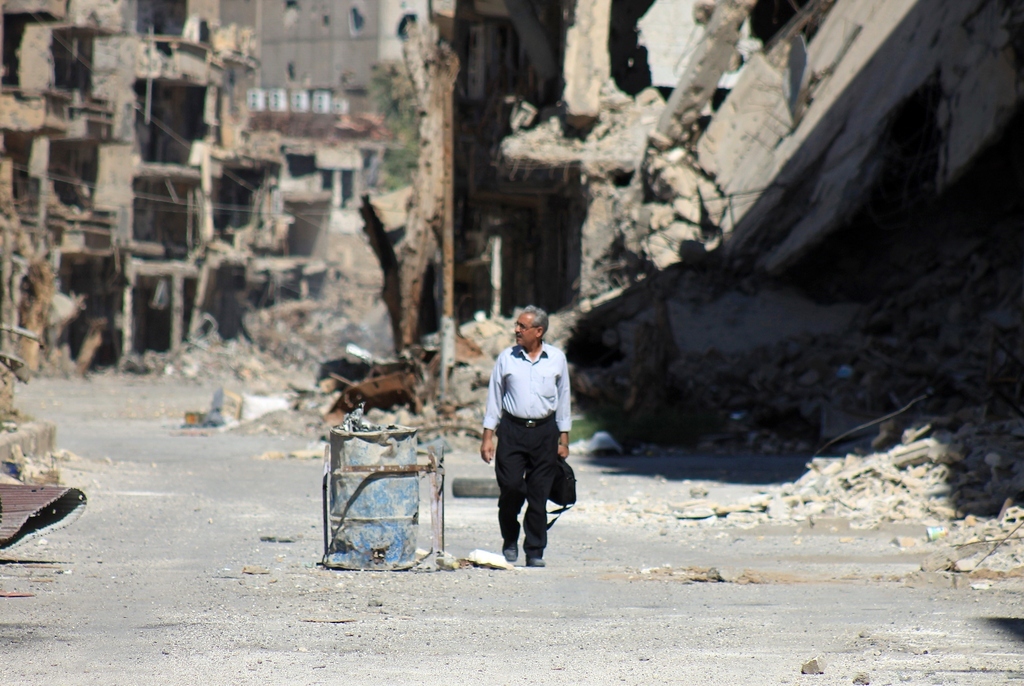1. In March 2011 Syrians took to the streets to protest against President Bashar al-Assad, who has ruled the country since his father's death in 2000.
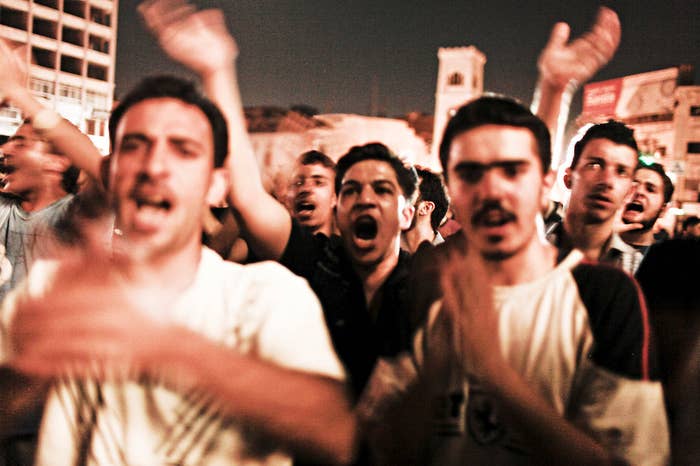
2. The protests came amid the wider Arab Spring, which felled leaders from Tunisia to Egypt to Libya.
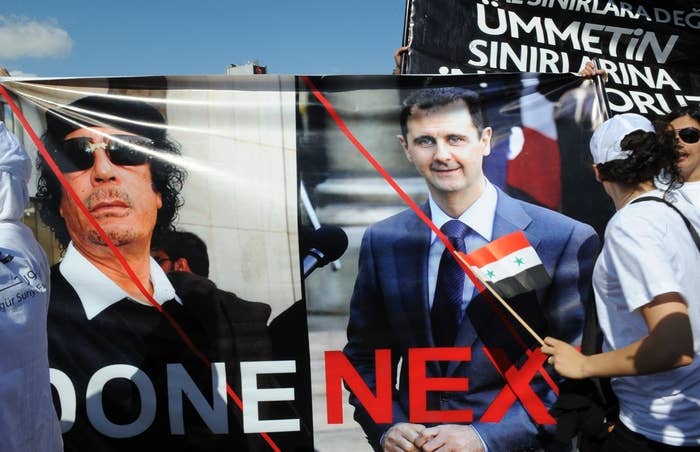
3. In Syria, protesters called for political reforms. Assad's family has ruled the country since 1971; his Baath party has ruled since 1963.
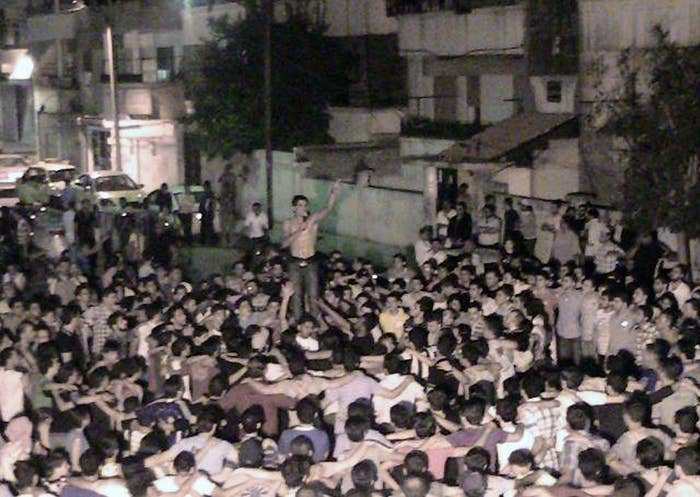
4. Assad responded brutally, unleashing a campaign of kidnapping and torture. In April 2011, he deployed the army to put down protests. Many were killed.
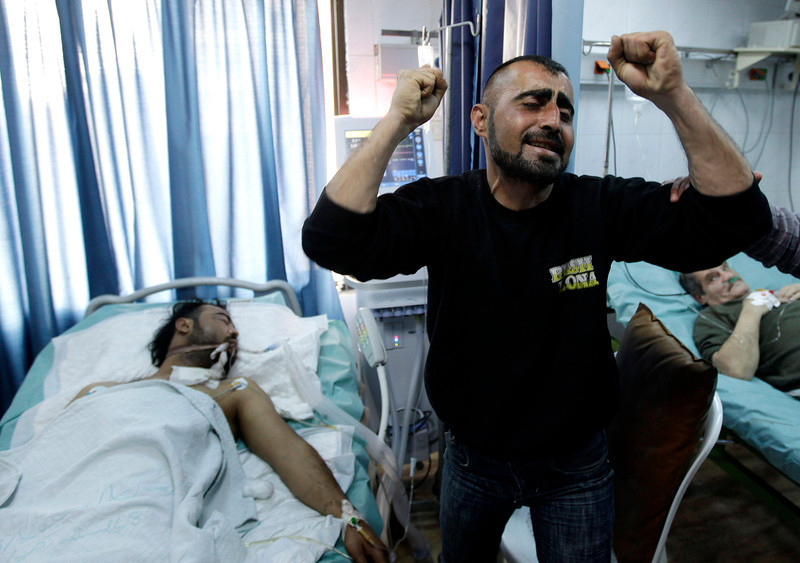
5. According to the Syria Observatory for Human Rights, 110,000 people have been killed in the conflict over the past two and a half years.
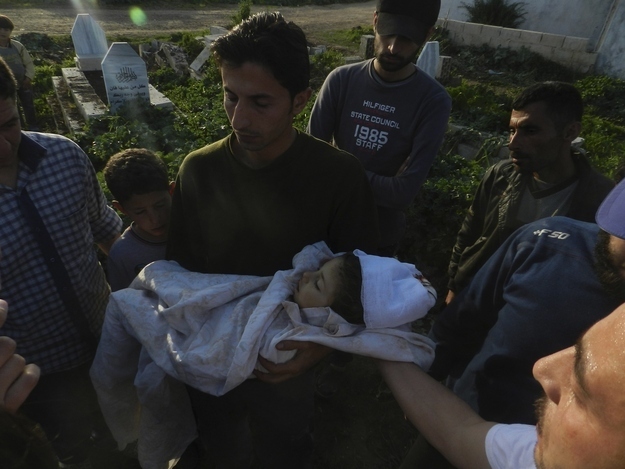
6. Assad's critics, such as satirical cartoonist Ali Ferzat, have been met with violence. Ferzat was kidnapped and beaten by security forces in August 2011.
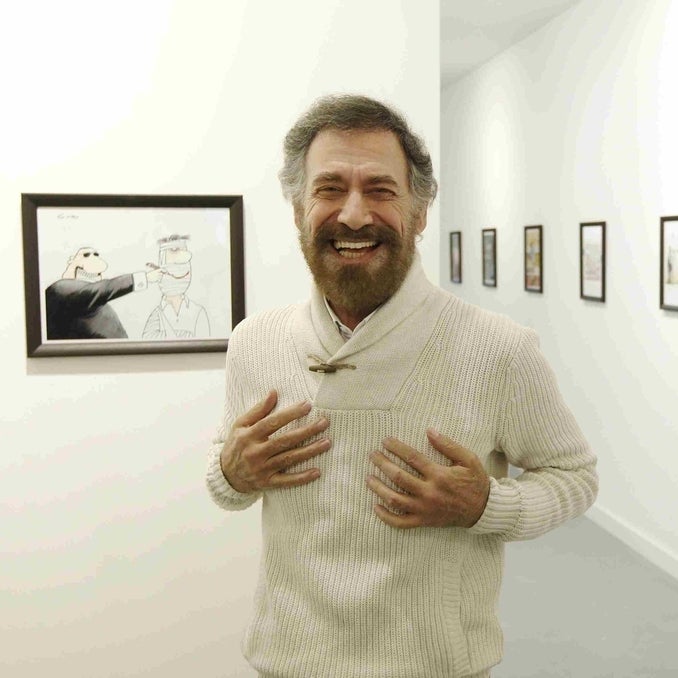

7. Both of his hands — used for drawing — were shattered. He went into exile.
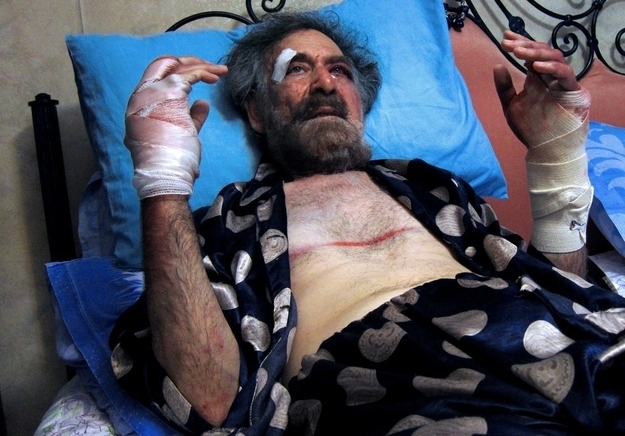
8. Ibrahim Qashoush, a popular protest singer, was found dead, his throat carved out of his corpse.
View this video on YouTube
Protesters sing one of Qashoush's most well-known songs.
9. In May 2011, Assad deployed the Syrian Army to lay siege to the city of Homs, which had seen some of the biggest anti-Assad protests.
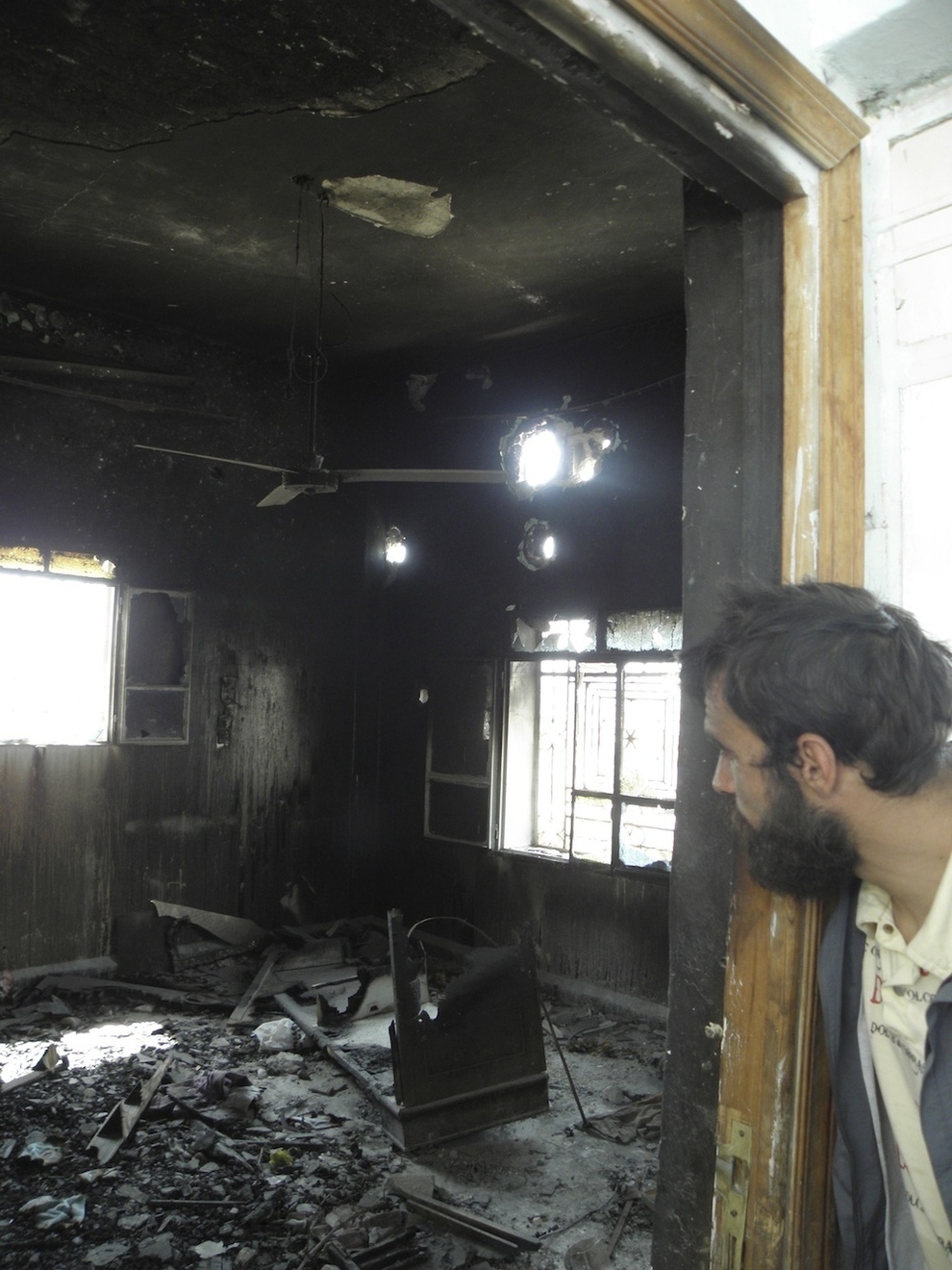
10. As the crackdown continued, the U.S. slapped sanctions on Assad and six of his advisors. In August, Obama made his first call for Assad to step down, saying: "For the sake of the Syrian people, the time has come for President Assad to step aside."
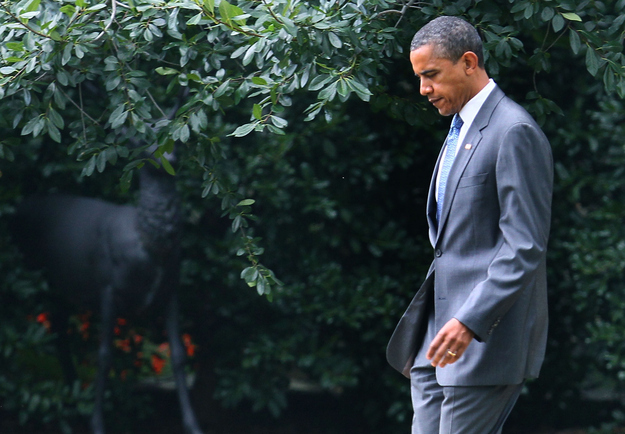
11. Two months later, the United Nations Security Council voted on a resolution to bring new sanctions against Assad unless he halted his crackdown. Russia and China vetoed the resolution, something they would do several times over.
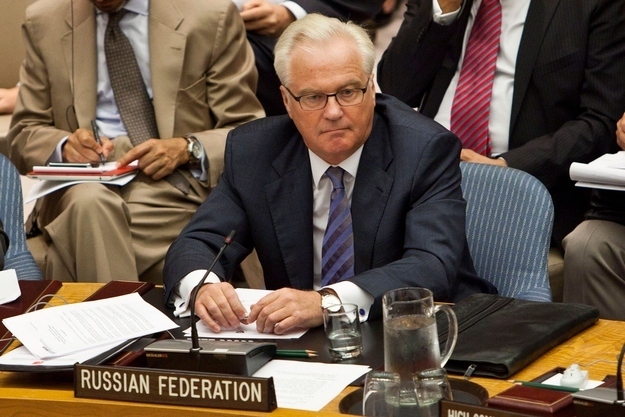
12. The army continued to lay siege to Homs until it was reduced to rubble.
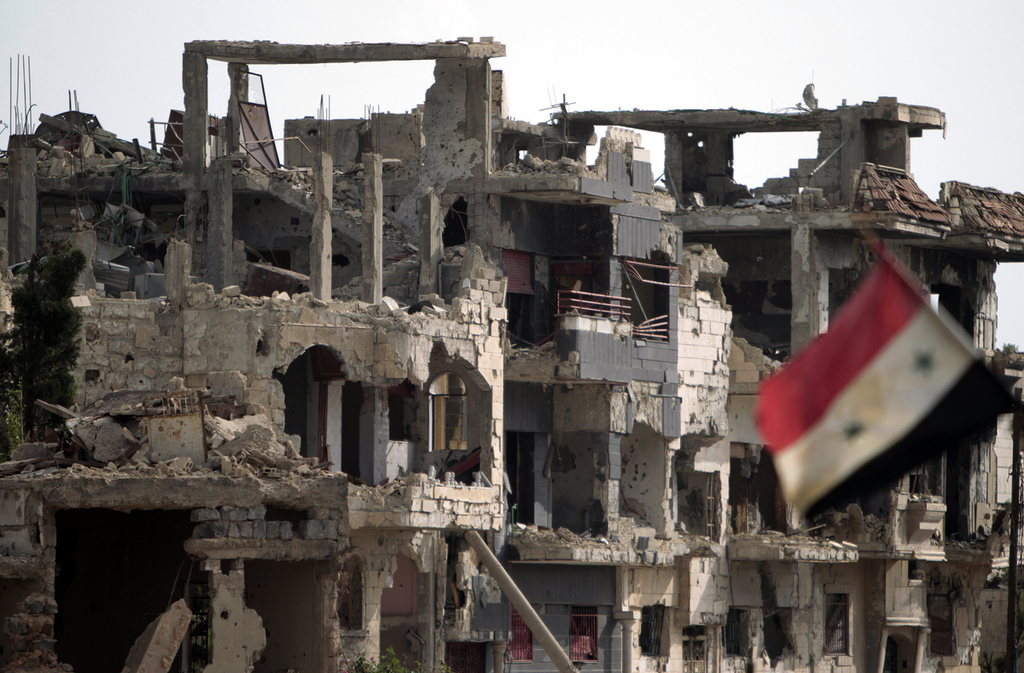
13. Marie Colvin, a legendary war correspondent for The Sunday Times (U.K.), was one of the only journalists in Homs. She was killed when the safe house she was staying in was shelled in February 2012. Here's her last report.
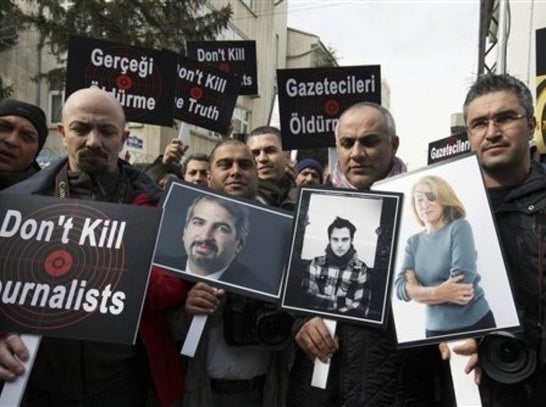
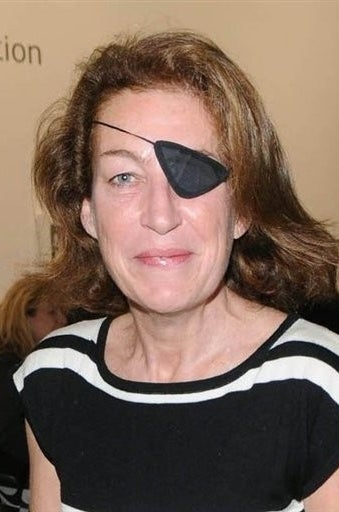
Turkish journalists holding photographs of their colleagues who died in Syria recently. From left: Anthony Shadid, Remi Ochlik, and Marie Colvin stage a protest outside the Syrian embassy in Ankara, Turkey, Friday, Feb. 24, 2012. They protested against the Syrian regime and called on the U.N. and democratic countries to protect journalists working in Syria.
14. The rebels loosely organized into the Free Syrian Army (FSA).
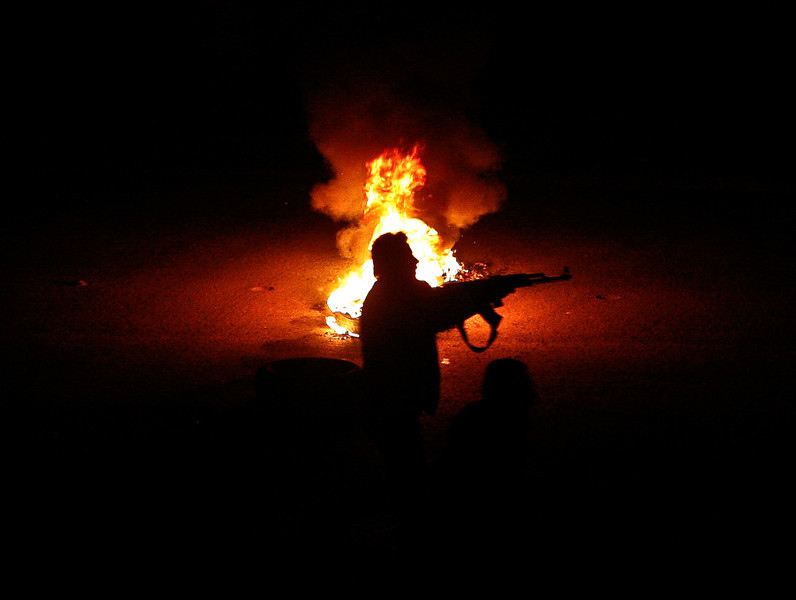
15. In May 2012, the regime unleashed a massacre at Houla, killing more than 100 people, many of them women and children.
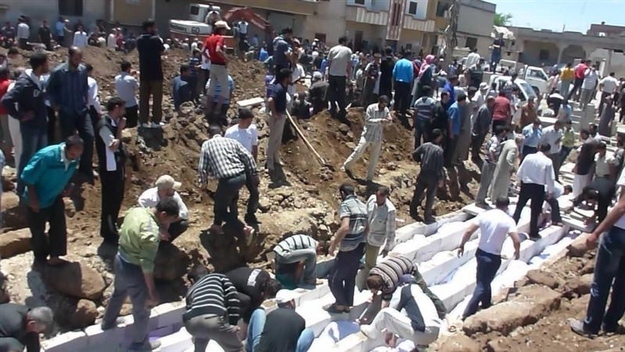
16. They also targeted Aleppo, once a beautiful ancient city and Syria's largest.

17. The regime launched repeated air strikes on Aleppo and around the country.

18. This is what the aftermath of an air strike looks like (Warning: graphic images):
View this video on YouTube
19. The U.S. funneled humanitarian and non-lethal aid to the FSA, while Qatar and Saudi Arabia provided a steady flow of arms, often via Turkey.

20. Syria, meanwhile, was backed by Iran. Hezbollah, an Iran-backed militant group based in neighboring Lebanon, sent militants to Syria to fight for Assad.
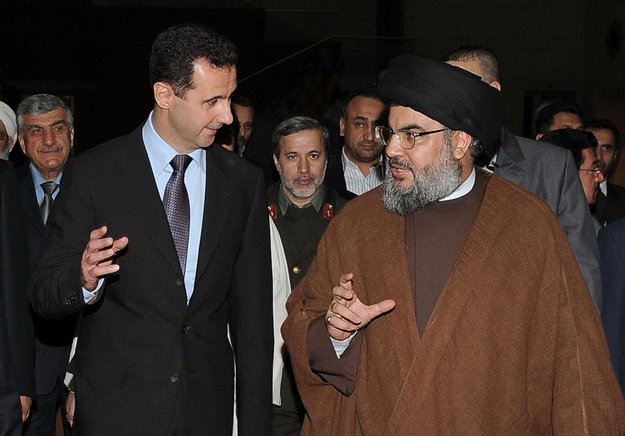
21. Vladimir Putin has supplied Assad, Russia's last major ally in the Middle East, with a steady flow of weapons and other support.
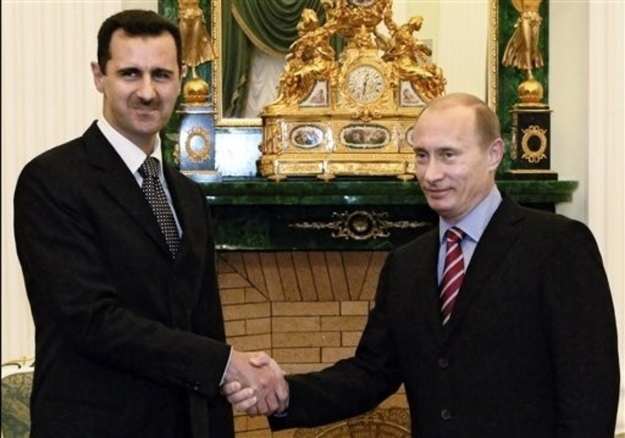
22. Things were splitting along sectarian lines, with the Sunni of the Gulf supporting the rebels, and the Shiites of Iran and Hezbollah supporting Assad (himself an Alawite, a sect of Shiite Islam).
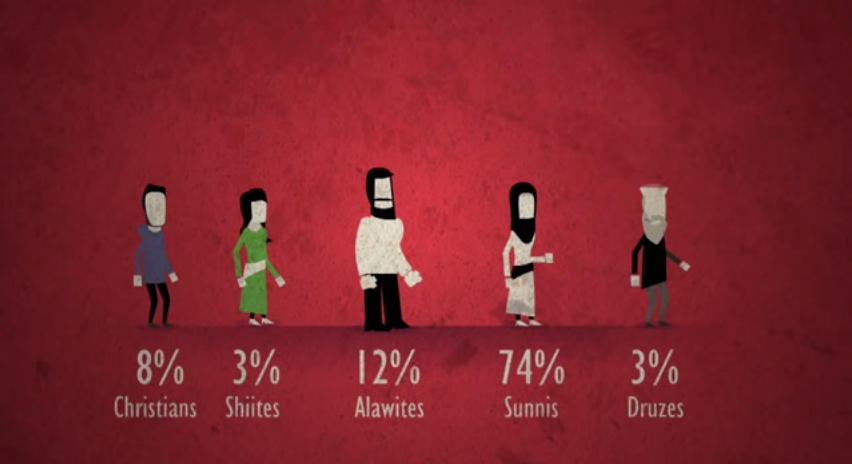
23. That meant Syria wasn't just facing a civil war internally, but also a proxy war more broadly, pitting Gulf states like Saudi Arabia against Iran, with both sides fighting for supremacy in the region.
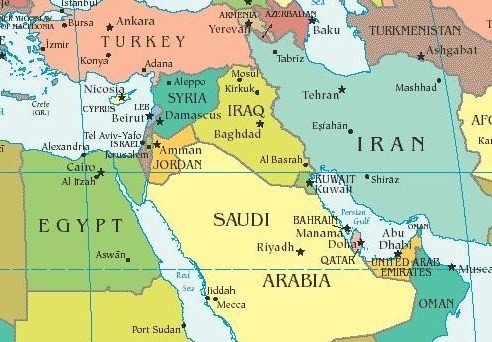
24. To make things more complicated, foreign Sunni extremists linked to al-Qaeda flooded into Syria to join the fight against Assad.
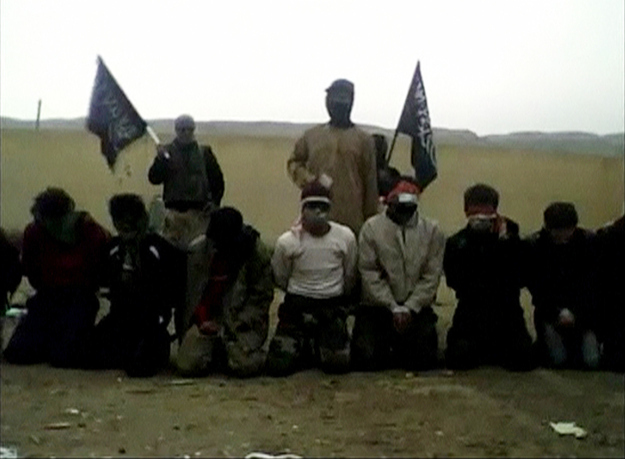
25. Rebels also committed horrific atrocities. Video emerged showing a rebel eating the heart of a regime soldier.
View this video on YouTube
26. Information was hard to come by, with journalists facing kidnapping and violence from the regime and rebels alike. American freelance journalist James Foley has been missing for nearly a year.
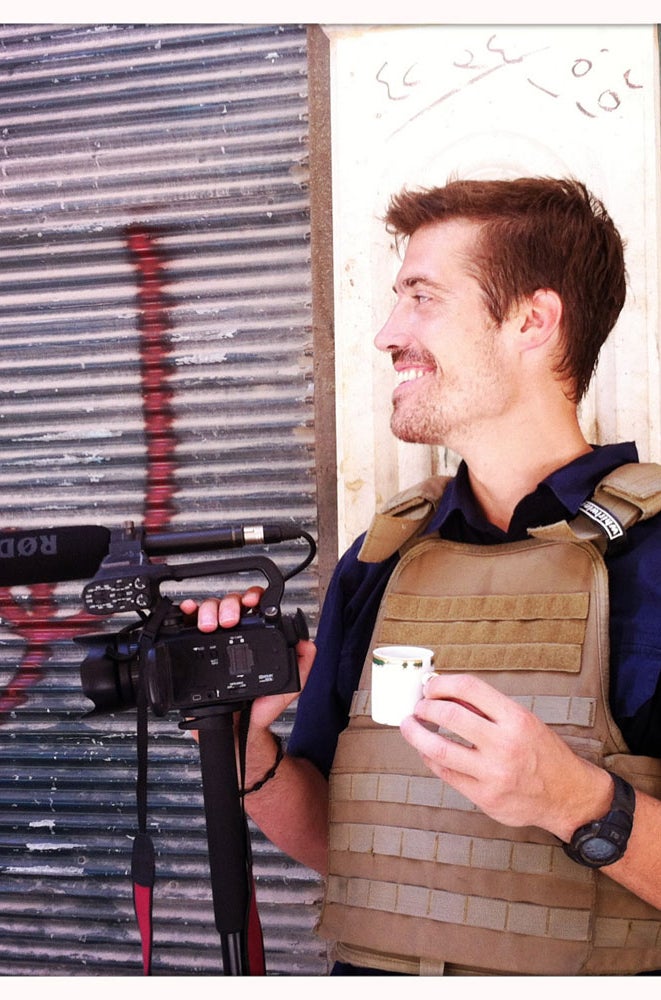
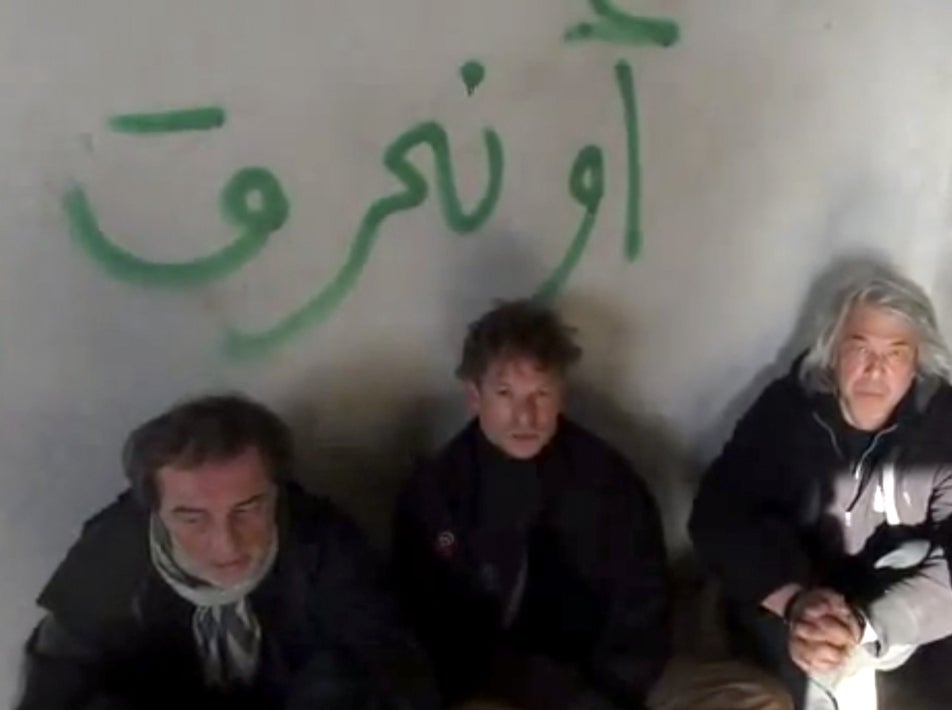
James Foley in Aleppo, Syria, in July 2012. He is still missing.
NBC chief foreign correspondent Richard Engel (center) with NBC Turkey reporter Aziz Akyavas (left) and NBC photographer John Kooistra (right) after they were taken hostage. They have since been freed.
27. In response to a question on Aug. 20, 2012, Obama said that he would consider the use of chemical weapons in the Syrian conflict, a "red line" that "would change my calculus."
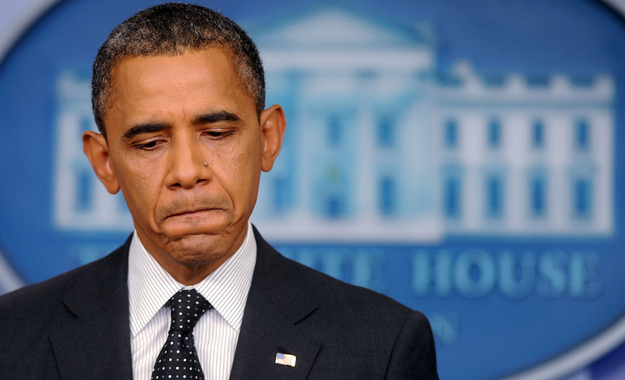
28. By December 2012, more than 408,000 refugees had fled the conflict in Syria.

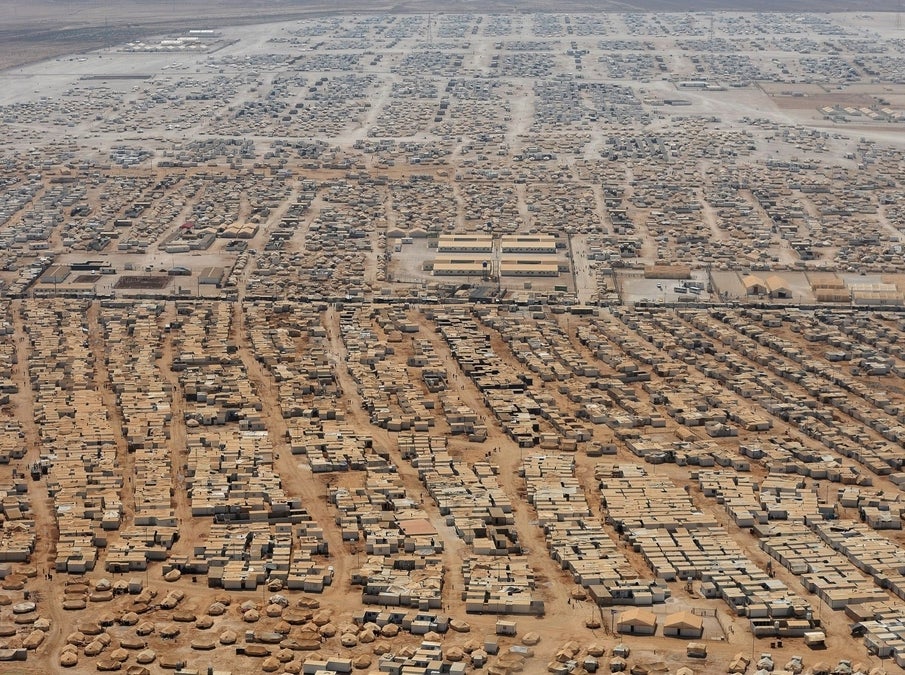
29. Today, the U.N. Refugee Agency estimates that half of the conflict's more than two million refugees are children.
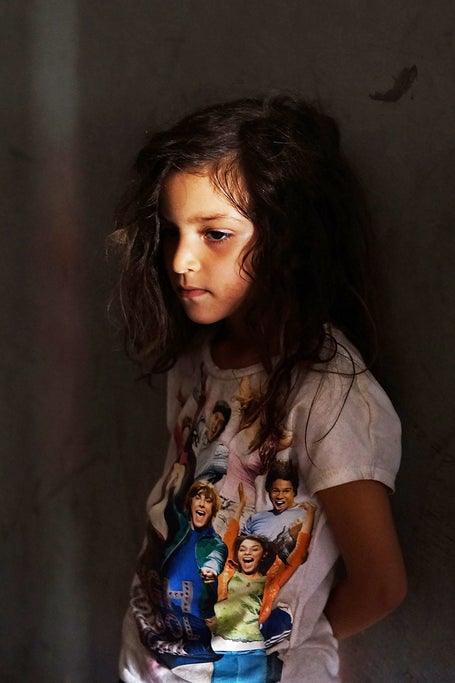

30. UNHCR (the U.N.'s refugee agency) and UNICEF (the U.N.'s children's fund) also estimate that more than 2 million children have been internally displaced within Syria.
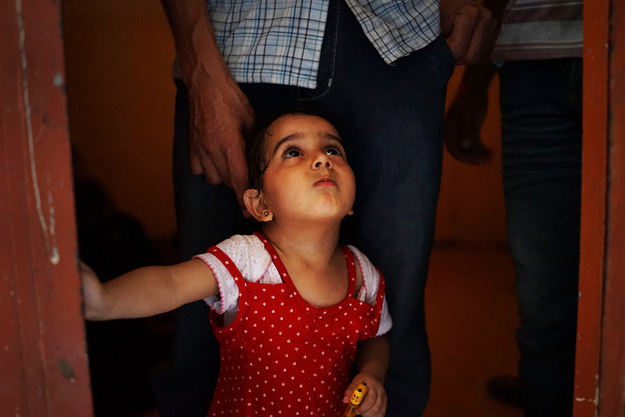
31. On one day last month, around 10,000 refugees walked from Syria into Iraqi Kurdistan.
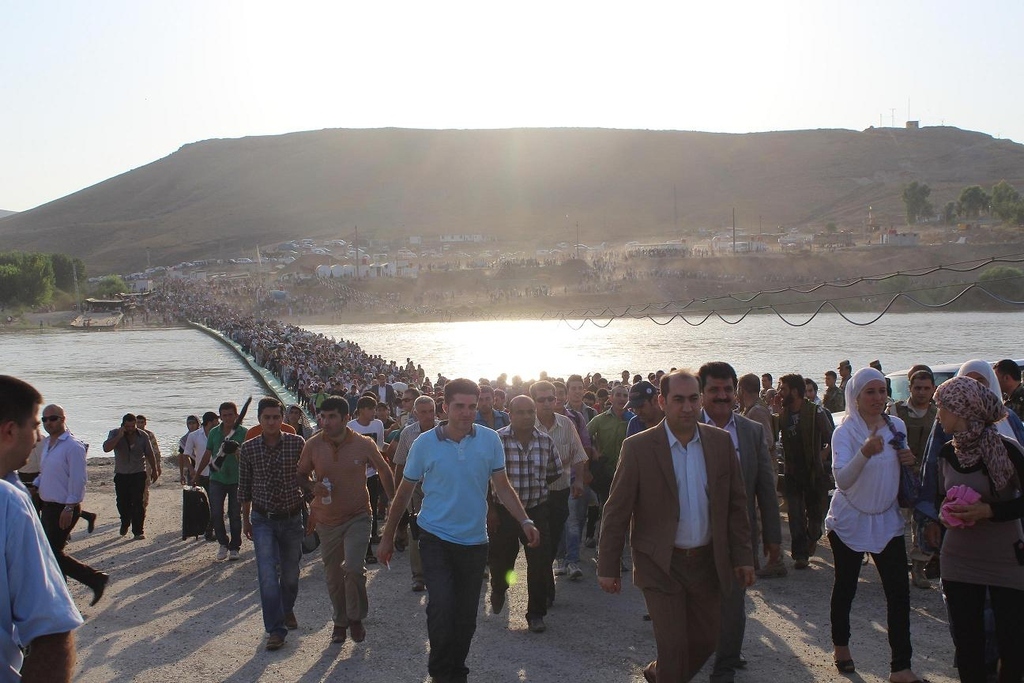
32. Obama's "red line" appeared to have been crossed on Aug. 21, 2013 when images of a chemical attack that the U.S. says killed more than 1,400 people in a Damascus suburb flooded social media.
View this video on YouTube
This heartbreaking video claims to show a child suffering from the effects of a chemical weapon. (Warning: Extremely graphic)
33. 180 videos claiming to show the attack can be seen here.
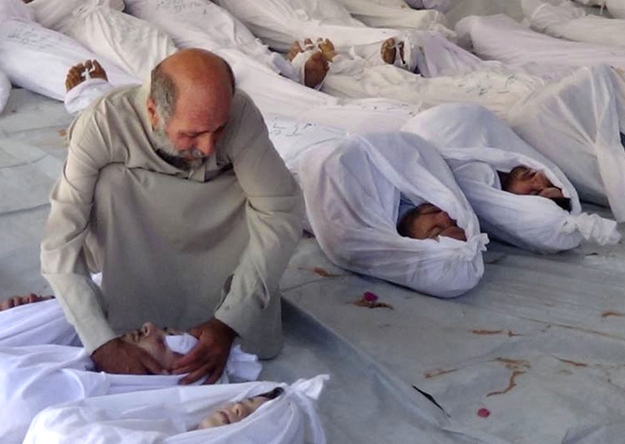
34. Assad has denied responsibility for the attack.
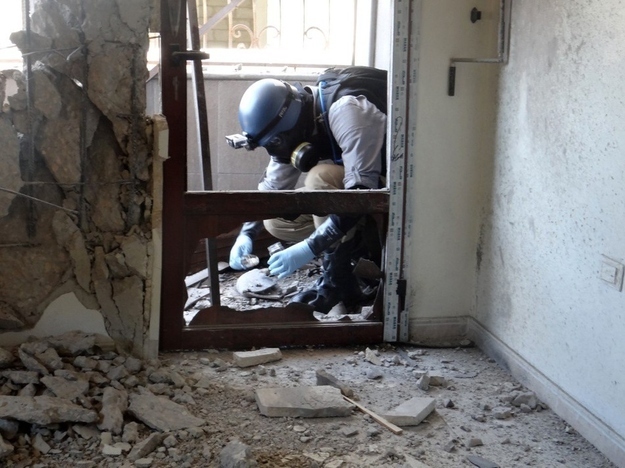
35. On Aug. 26, Kerry said use of chemical weapons was a "moral obscenity." He began making the case for limited military strikes against Assad.
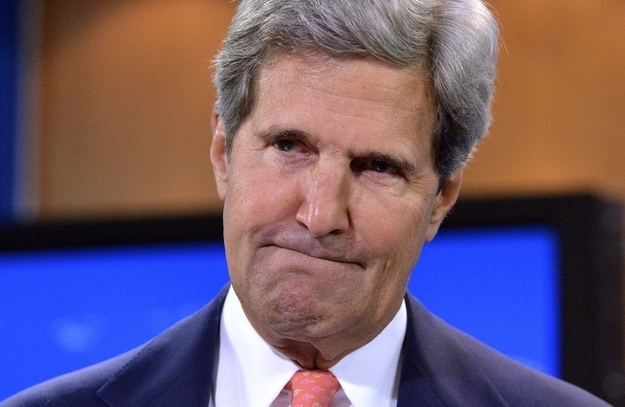
36. Amid the march to war, Obama shocked everyone by saying he would take his Syria plans to Congress for a vote.
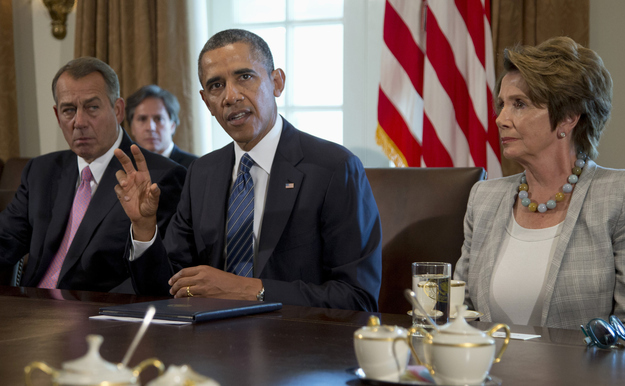
37. Obama has said a strike on Syria would "not be another Iraq or Afghanistan."
38. Some praised Obama for reaching out to the public and following the Constitution.
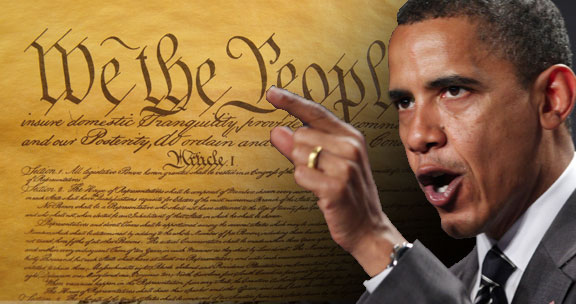
39. Others said the delay was a sign of weakness and has given Assad time to move key weapons and supplies.
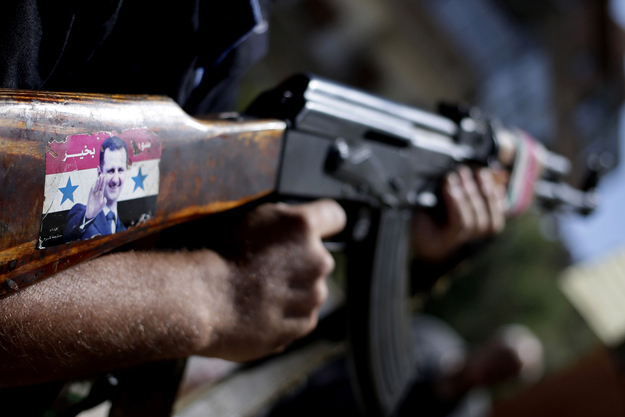
40. Polls show that most Americans are against military action in Syria.

41. And some have asked, why Syria? People are dying all over the world. Should the U.S. really act as the world's policeman?
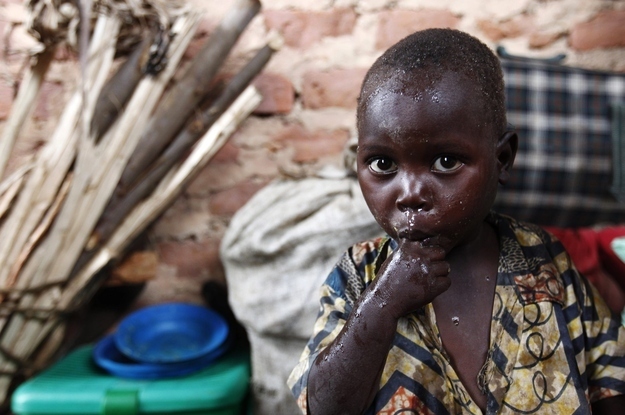
42. Chemical weapons are seen as beyond the pale.
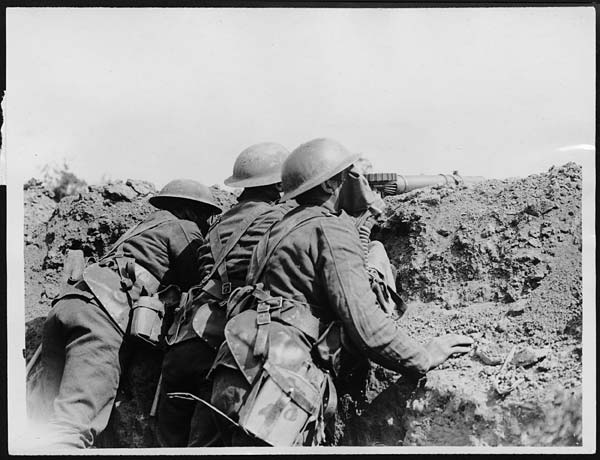
43. But it's not just about chemical weapons. The administration also says they need to enforce U.S. credibility, and also send a message to countries like Iran that weapon of mass destruction are inadmissible.
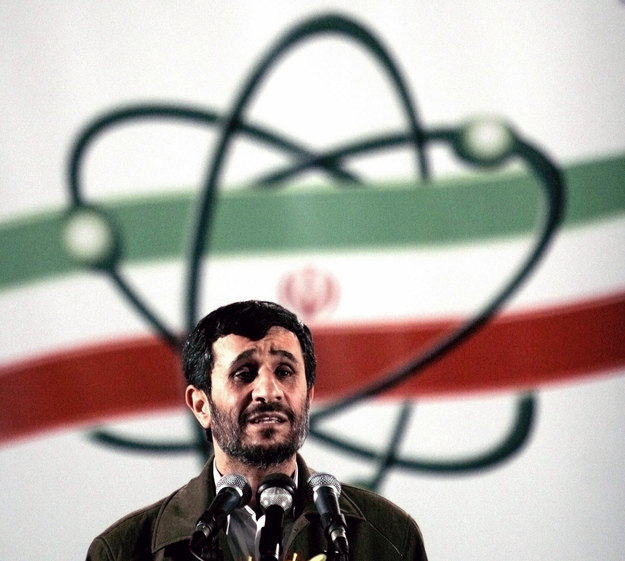
44. Obama has insisted any strike will be limited and involve "no boots on the ground." U.S. warships armed with cruise missiles have been stationed in the Mediterranean.

45. There are concerns that Assad could retaliate against U.S. targets and allies in the region, including Israel.
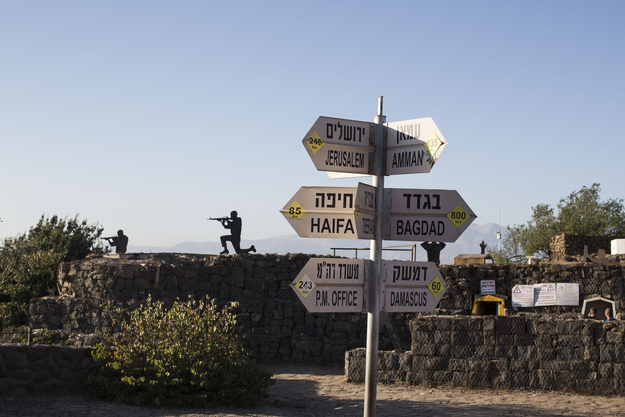
46. There are already signs of Syrian spillover. In August, twin car bombs hit Shiite mosques in the Lebanese city of Tripoli, killing 42. Sunni militants were suspected.
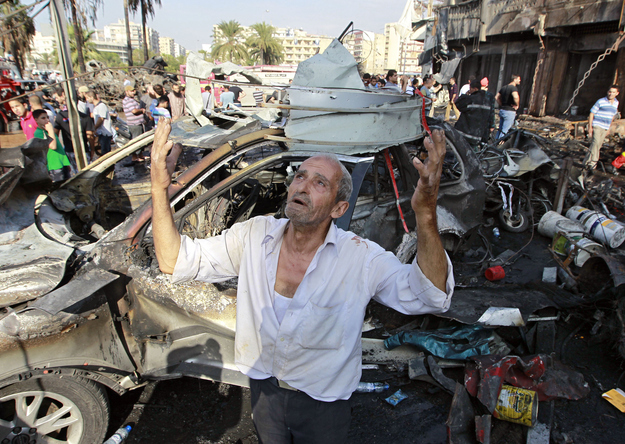
47. Some, like Sen. John McCain, have criticized Obama's military plan for not going far enough. Others are concerned it could go too far. If Assad is toppled, it is unclear which forces would take over.
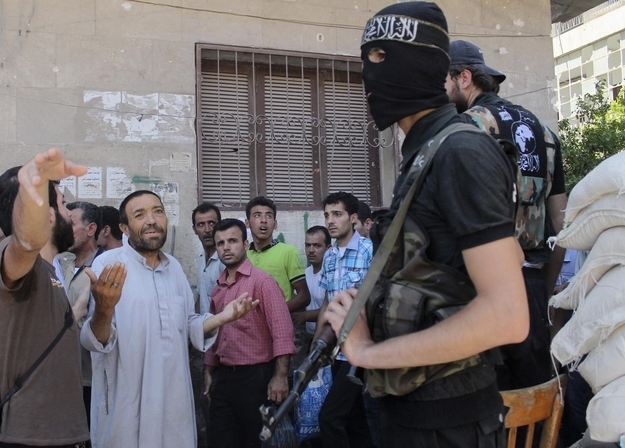
48. British Prime Minister David Cameron was on board with Obama's plan, but he took the vote to Parliament and lost.
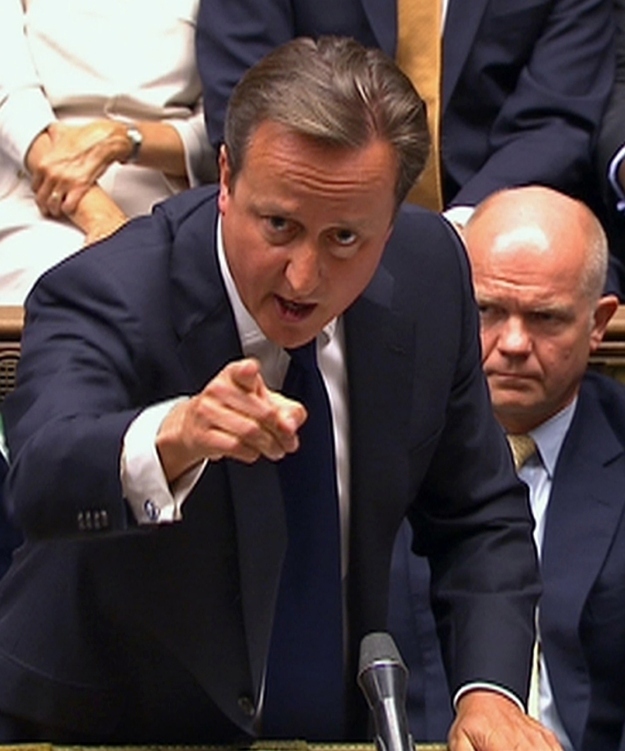
49. French President Francois Hollande stepped in with support instead.
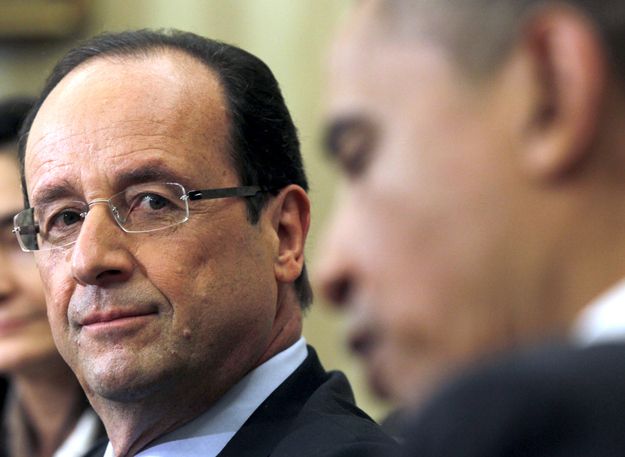
50. Indirectly addressing why the U.S. wasn't going through the U.N., Ambassador Samantha Power accused Russia, a permanent member of the Security Council, of holding the body "hostage." Backed by China, it has repeatedly refused to sanction Assad.
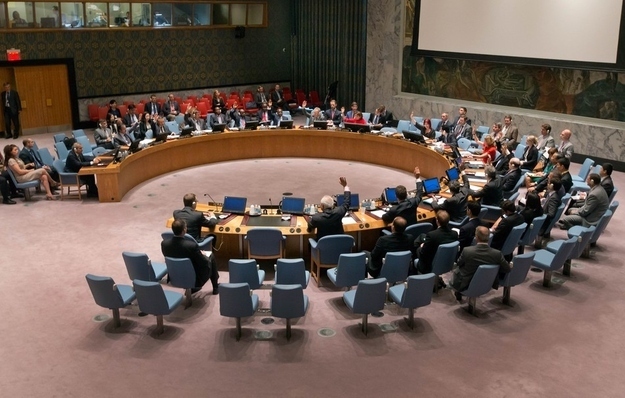
51. What has Assad been up to? He's been giving bombastic interviews. He's also been Instagramming.
52. He's been Instagramming pictures of his wife too.
53. On Monday, Congress comes back to session. The Washington Post has been tallying the whip count.
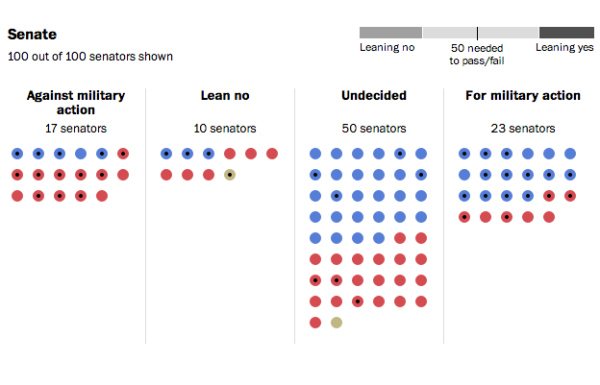
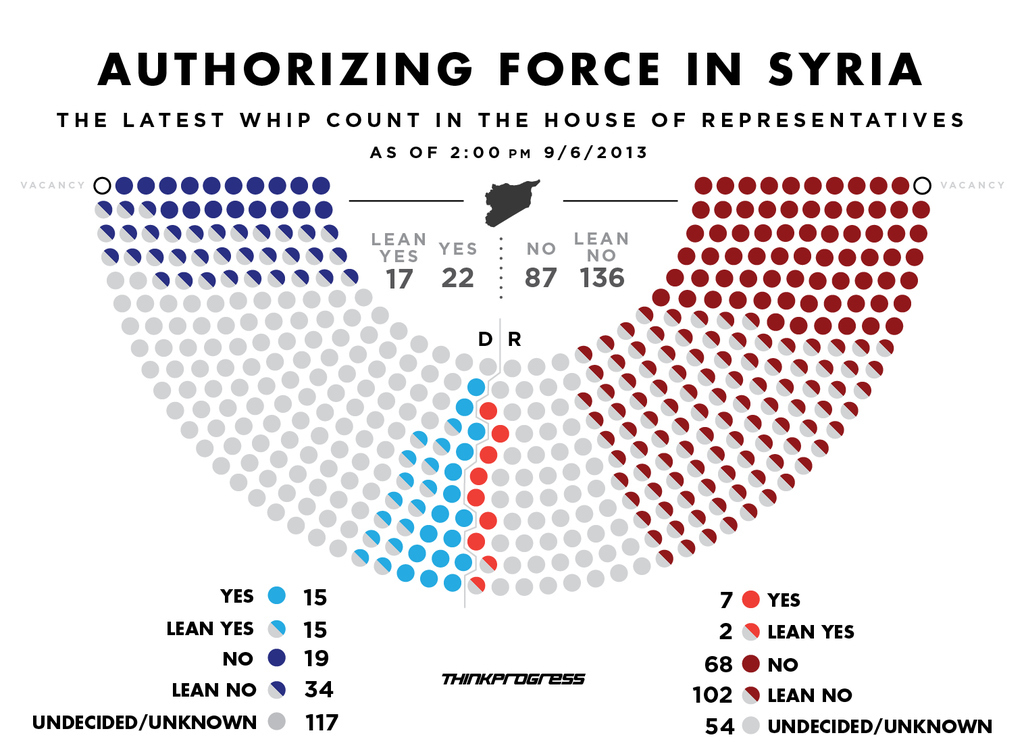
54. The administration has declined to say what it will do if it loses the vote, but has left open the option of ordering military strikes on Syria anyway.
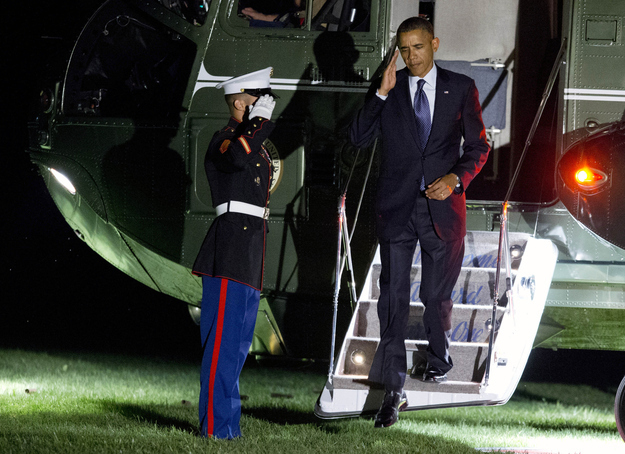
55. Meanwhile, in Syria, the violence continues.
